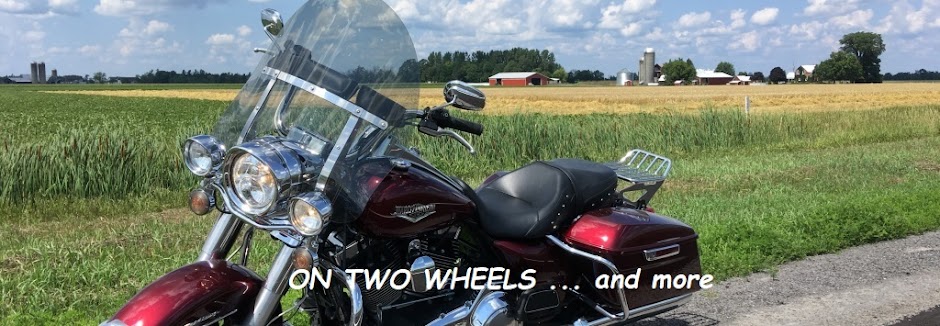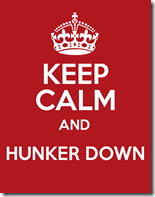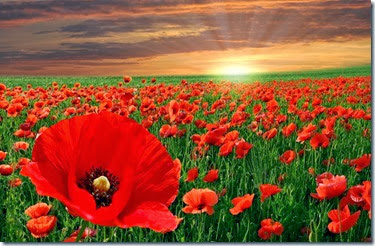 With riding season now at an end for a few months I get to catch up on my reading, tackling some of the pile of books I have managed to amass which threatens to topple over causing grievous bodily harm to the unwary.
With riding season now at an end for a few months I get to catch up on my reading, tackling some of the pile of books I have managed to amass which threatens to topple over causing grievous bodily harm to the unwary. The Monuments Men is my current read. It contains nary a mention of two-wheeled motor vehicles so it is not a “motorcycle” book, but it is a great story nonetheless.
The “Monuments Men” were a little known group consisting of a small number of Allied soldiers tasked with the responsibility to protect, to the extent possible, all the cultural treasures of Central Europe during the latter months of the Second World War. I’d never heard of them before and, for that matter, had never really thought about it, but when you consider the destruction wrought on so many cities during the war the fact that any artworks remained at all is in itself amazing.
Although they had a mandate from President Roosevelt and the support of General Eisenhower the initial team of a dozen or so men had no specific orders or logistical support once in the field. They were on their own, scattered across Europe, competing with operational needs while trying to follow the advancing armies. Transportation was usually by hitching a ride with someone going, hopefully, in their general direction although abandoned cars and bicycles were also commandeered when possible. Once in theatre these men had to convince field commanders to protect priceless cultural artefacts from the ravages of battle, looting, or the wanton destruction caused by retreating armies. They were of low rank (Private through Major) so moral suasion was their only tool to accomplish this. Sometimes it didn’t work. Other times they were too late, able only to document the ruins. But often enough they managed to convince commanders to take a particular course of action that would preserve an historic building or work of art.
In the process they also uncovered vast treasure troves of stolen paintings, sculptures, gold and silver. These, and other artworks, had been systematically looted by the Germans from museums, private collections, and Jewish homes. Intended to become the greatest collection ever amassed, representing the magnificence of the Third Reich, these artefacts had been stored in basements, abandoned mines, and remote hideaways while Hitler awaited the construction of his Führermuseum in Linz.
It was an incredibly daunting task, and dangerous - some Monuments Men lost their lives in the process – but the very fact that we can, today, go into the Rijksmuseum in Amsterdam and see Rembrandt’s Night Watch, or view the Bayeux Tapestry at its home in Bayeux, or even experience the Louvre’s collection is a testament to how extraordinarily successful these few men were.
It’s well worth a read. Highly recommended.



